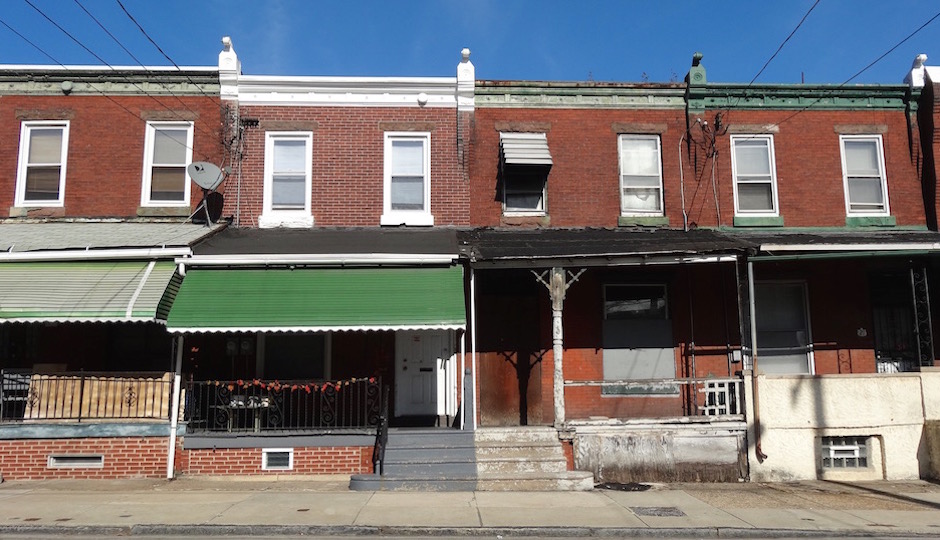2 Years After Philadelphia’s Big Anti-Poverty Push Began, Little Has Changed

Photo credit: Liz Spikol
In 2013, Mayor Nutter launched “Shared Prosperity Philadelphia.” It was his administration’s first comprehensive anti-poverty initiative, and though it was arriving later than many advocates hoped for, the plan itself was well-received.
At the time, circumstances were particularly bleak: 28 percent of residents were living below the federal poverty line, making Philly the poorest of the nation’s 10 biggest cities.
Two years later, the poverty rate is down slightly to 26 percent. But nobody is cheering. Philadelphia remains the poorest of the nation’s 10 largest cities, and 12.3 percent of city residents grapple with “deep poverty,” which is annual income that’s below half the federal poverty line. In the past two years, the city’s deep-poverty rate has declined a mere .6 percent.
Shared Prosperity published its two-year progress report today. The report’s release coincided with the “Uniting to Fight Poverty” summit, a congregation of government officials, nonprofit leaders, and philanthropists who met Friday. They talked about what they achieved (325 new slots added to early childcare facilities, six new counseling centers to teach those eligible for public benefits how to access them, and seven new counseling centers to teach folks how to decrease their debt, raise their credit scores, and increase their personal savings).
But mostly, they discussed the long road ahead. Of the 23 target metrics identified by the group last year, just three were met or exceeded.
“We tried to mix strategies for immediate impact and strategies for long-term paths out of poverty,” says Eva Gladstein, executive director of the Mayor’s Office of Community Empowerment, which is spearheading the initiative.
This broad approach seems both reasonable and promising to Temple associate professor of sociology Judith Levine, who studies poverty and social policy.
“I think it makes sense that they’re trying to come at the poverty problem from multiple angles,” she says. “It’s a complex problem with lots of different roots and consequences.”
Levine’s colleague, Temple associate professor and urban sociologist David Elesh, doesn’t discount the efforts. But he’s less hopeful.
“There has been relatively little improvement, in terms of poverty, in the last two years,” he says, pointing to the barely-there decrease in overall poverty rate and still-alarming child poverty rate, which continues to hover at around 37 percent.
According to Elesh, the city’s job shortage lies at the heart of its poverty problem, and so does the fundamental disconnect between job seekers and the work that’s available. It comes down to access, he says – too many people seeking jobs aren’t educated enough to fill the positions available, and those who are well qualified can have trouble accessing work, due to a public transportation system that hasn’t recovered since the Great Recession.
Philadelphia has added 11,900 jobs since 2013. That’s not inconsequential, but it’s under half of the goal set in the first Shared Prosperity plan.
While Elesh declines to address the specifics of the city’s plan, he reiterates that Philly’s current unemployment rate is 6.8 percent – “Well above the national figure,” he says. (The nationwide rate is 5 percent).
And despite the resources Philly is pouring into the fight against poverty, Elesh emphasizes that the city can’t fix this problem on its own.
“All cities are creatures of the states of which they are a part,” he explains. “And it doesn’t help that policymakers in both Harrisburg and Washington have minimal interest in leading such efforts.”
Shared Prosperity Progress Report 2015